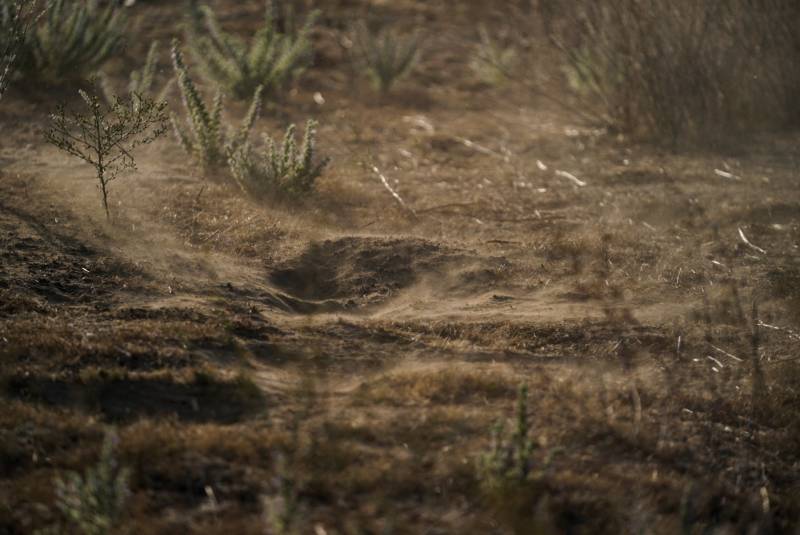Just over 2,300 people were diagnosed with Valley fever in 2014, according to the state’s data. By 2023, annual cases had more than tripled to more than 9,000. And in just the first six months of this year, 5,370 people were reported to have contracted Valley fever. About a third of this year’s cases have been reported in Kern County.
This growing number of reported infections could be attributed to a few different factors, experts say.
“There’s a lot more construction happening up and down the San Joaquin Valley, as we continue to grow in this region. More roads, more solar panels, more homes, all of that is disturbing the soil,” Hoyer said.
Also, more providers and patients are becoming aware of the disease and testing for it.
“We are hopeful in Kern County, given our history of having lots of Valley fever, that our health care providers are really good at looking for it,” Hernandez said. “That’s sort of the bright spot, even though we do have a lot of cases. We want people with Valley fever to get diagnosed, because if they need medication, we want them to be on that medication and to be monitored by their healthcare provider.”
Symptoms may resemble COVID-19
Some people may never develop symptoms, but those who do may experience a cough, fever, chest pain, headaches and fatigue. A rash and night sweats also may develop.
Valley fever symptoms typically show up one to three weeks after exposure and may last for a month or more.
Because it shares many of the same signs as COVID-19, health officials recommend that people first test for COVID-19. If COVID is ruled out, a blood test can check for antibodies to the fungus that causes Valley fever. Unlike COVID-19, Valley fever is not contagious.
In Kern County, the disease has hit close to home for public officials. Last week, the county’s own public health director, Brynn Carrigan, shared her own struggles with Valley fever. The Bakersfield Californian reported that Carrigan’s case developed into meningitis, a swelling of the tissue surrounding the spinal cord and brain, that can be fatal if left untreated.
“I knew I was sick, but I was shocked to hear how sick I really was,” Carrigan told the newspaper.
Climate change plays a role
Research has shown that cases of Valley fever tend to go up during dry seasons following a rainy period. “They call this the grow-and-blow hypothesis,” Hernandez said. “As a fungus, it likes moisture, and when it’s dark and it’s moist, that’s when it grows.
“And then when we get the next summer months, when it’s dry, there is more Valley fever fungus that can go into the air.”
Hernandez said Coccidioides is a hardy fungus that can survive even in severe droughts.
Some research has linked the increasing number of cases to the growing incidence of dust storms in the southwest. As the Earth warms, the region is becoming drier and that means more dust storms blowing fungal spores into the air.



